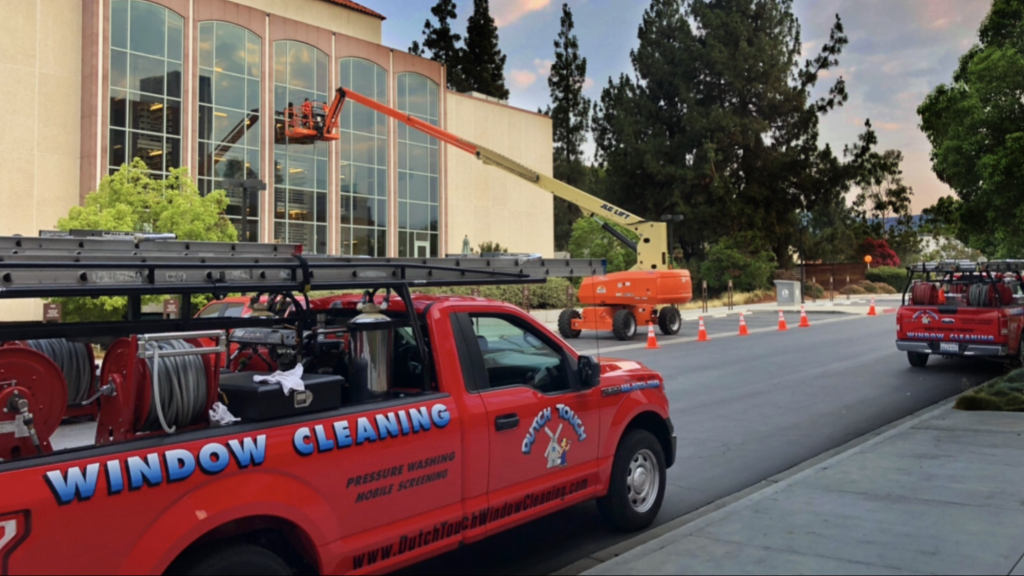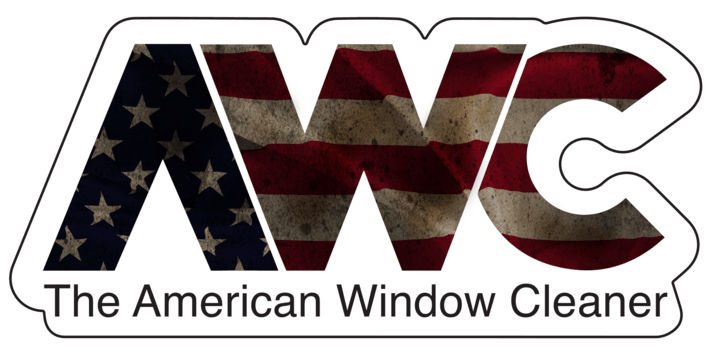Fall is upon us, and for many of us that means making our last push at piling money in the bank to make it through the winter. With that in mind, now is the time to be thinking about the best way to pile that money up and make the most of it. In this article I’m going to hit on 5 different ways you can maximize the efficiency of your money to squirrel away as much as possible. If it is too late in the year for you to make these changes on the fly then you should definitely spend some time over the winter working these concepts into your business to make sure you are getting the most juice from your squeeze.
Solo vs. Crews

Credit: Dutch Touch Shop
Smaller crews will always make you more money for two reasons. First, the simple math of drive time. If you have two people in a vehicle instead of one you have twice as much drive time. You are paying two people to sit there and do nothing instead of just one. I will dive more into this in a future article and layout the full math for you, but just know you reduce your number of drives by almost 50% switching from 2 man crews to solos.
Reason number two in favor of smaller crews is a massive increase in accountability and speed on the job site. What two people can get done in 2 hours one person can usually get done in far less than 4, it doesn’t take them twice as long. There is also an increase in accountability, there is no finger pointing when something got missed saying “I thought he got that one”. Just like the drive time math, the math at the job site shows that by splitting people up they will get more done. There are some advantages to two man crews when it comes to employee engagement and safety at some larger jobs, but in general there are other more cost effective ways to address these factors. There is a lot baked into these points and assumptions that I will unpack in a future article dedicated specifically to this topic.
Commission vs. Hourly Pay
This is another deep topic that I will dedicate a future full article to, so consider this the cliff notes version. If you pay hourly because that is what you know and what you are familiar with, let me tell you there is a better way to reward your team members, especially the A players, and protect your business model at the same time. More and more operators are turning to commission style pay, or similarly an hourly floor with a weekly bonus on top (same thing at the end of the day).
There are a few reasons why this pay structure is preferred and helps you make more money. First, your customers don’t pay you hourly. You generally charge them based on the number of window panes or some other fixed metric that locks in a price for them. So, in turn it puts a ton of risk on you if you have locked in how much you charge your client but now you need to pay your employee an open ended amount based on how long it takes them to complete the job. Commission based pay eliminates your financial risk of production. The second way commission style pay helps you make more money is it weeds out your non-productive employees and only attracts high producers that like being held accountable (aka your A players). We’ve helped quite a few businesses make the switch to commission style pay (and the solo operator model) and generally they see close to a 30%-50% increase in production simply from paying commission (not including the gains from running solo). The final way that commission style pay helps you make more money is it locks in your wages as a % of revenue. In the window cleaning space we can generally pay around 25% of the revenue out to wages per the truck. When you know exactly how much labor is going to cost you at every single job it takes away the single biggest variable in your business and allows you to focus on growing your capacity and your demand.
Capacity vs. Demand
A mismatch in your Capacity vs. Demand will always cost you more money than it seems. The immediate cost of the mismatch is it just generally sucks to operate. When you have a surplus in demand, meaning you have more customers than you can serve with your existing crew, you are generally working long days, burning people out, and showing up late to appointments or sacrificing quality to rush through and get to the next job. If you have the inverse situation and you have a surplus in capacity, meaning you have more employees than you can keep busy with your existing client demand, you are generally working less than full days, paying small paychecks, and stressing about how much work you’ll have on the schedule the next day. Those mismatches aren’t fun to manage and cost you money due to inefficiency, employee turnover, and missed opportunities. If you have a demand surplus/capacity shortage you need to shift your marketing budget to recruiting. Don’t be afraid to spend thousands of dollars on recruiting ads. If you don’t have the crew to serve the demand you must understand you are leaving 10s of thousands of dollars on the table, so spending a couple thousand on recruiting ads to be able to make 10s of thousands makes a whole lot of sense. If you have the inverse situation with a capacity surplus/demand shortage either get aggressive on your marketing and push more money into existing channels that are working or invest in new marketing channels, or simply layoff employees to get back in balance so that your A players are getting big enough paychecks to ensure they stick around.
Investing vs. Spending

Credit: Marshall Lundberg
Expenses don’t generate a return, investments do. Every time you are spending money in your business you need to view it as such. Ask yourself, is the spend generating a Return on Investment (ROI) so that it pays for itself and continues to grow your business profitably? Expenses are a sink hole. Investments are a growth engine. Every time you are considering spending money, whether it be on new equipment, a coaching program or a convention you are attending, a bonus to an employee, recruiting ads, EVERYTHING, you should be thinking about the ROI of that spend and ensuring it will provide a financial return. The simple rule I like to use in our businesses is that any time we spend money it needs to bring in at least 7x of that amount in Revenue. That math is based on our 15% net profit margin. When we spend money it has to bring in enough Revenue that after it runs through our entire business model it pays for itself. For example, if we are going to drop $2K on going to the Huge Convention this year between tickets, travel, hotel, and meals, we need to get at least $14K of revenue by doing so. Obviously, nobody at the Huge Convention is going to pay us $14K for showing up, but we need to learn new systems, processes, and services while we are there that we can bring back to our business and implement that will at least increase our revenue by $14K. If we increase revenue by that 14K it will make us $2.1K in net profit and at least cover our $2K investment in the Huge. If we can’t see a path to that $14K then this is a bad investment and we shouldn’t go.
Job Driven Investments
It can be really tempting to load up on equipment, especially in the fall, with the argument that it is a tax write off (see last months’ article to know why it’s not as much as you think) or that you’ll probably have a chance to use it before the season is done and make a few bucks with it. Whether it is a new waterfed pole, a pressure washer, or a truck, the most important factor coming down the stretch is that the job that will pay for that new toy is already on the schedule (not maybe going to happen, but booked and down payment in hand) and that the job more than pays for the asset. If those two things aren’t true then the only reason you should buy that equipment is because the client you are looking to get that work done for is the most strategic and significant client you’ve ever done work for. Maybe you can justify buying the asset to support the relationship with that client, but you should NEVER buy the asset just for the sake of a tax write off or because you think it might sort of maybe help you get some work done before the season wraps up. If it isn’t going to generate a return, and I’m talking a profit based return not just your revenue, then you should hold off on buying that asset until you have the work in hand that pays for it.
As always, don’t forget to head to our website and grab our free chart of accounts download and free target budget template so you can keep your financials dialed in and your profit margin maxed out.
Dan Platta – CEO – Blue Skies Services
Bookkeeping, Beer, and BS on Facebook

